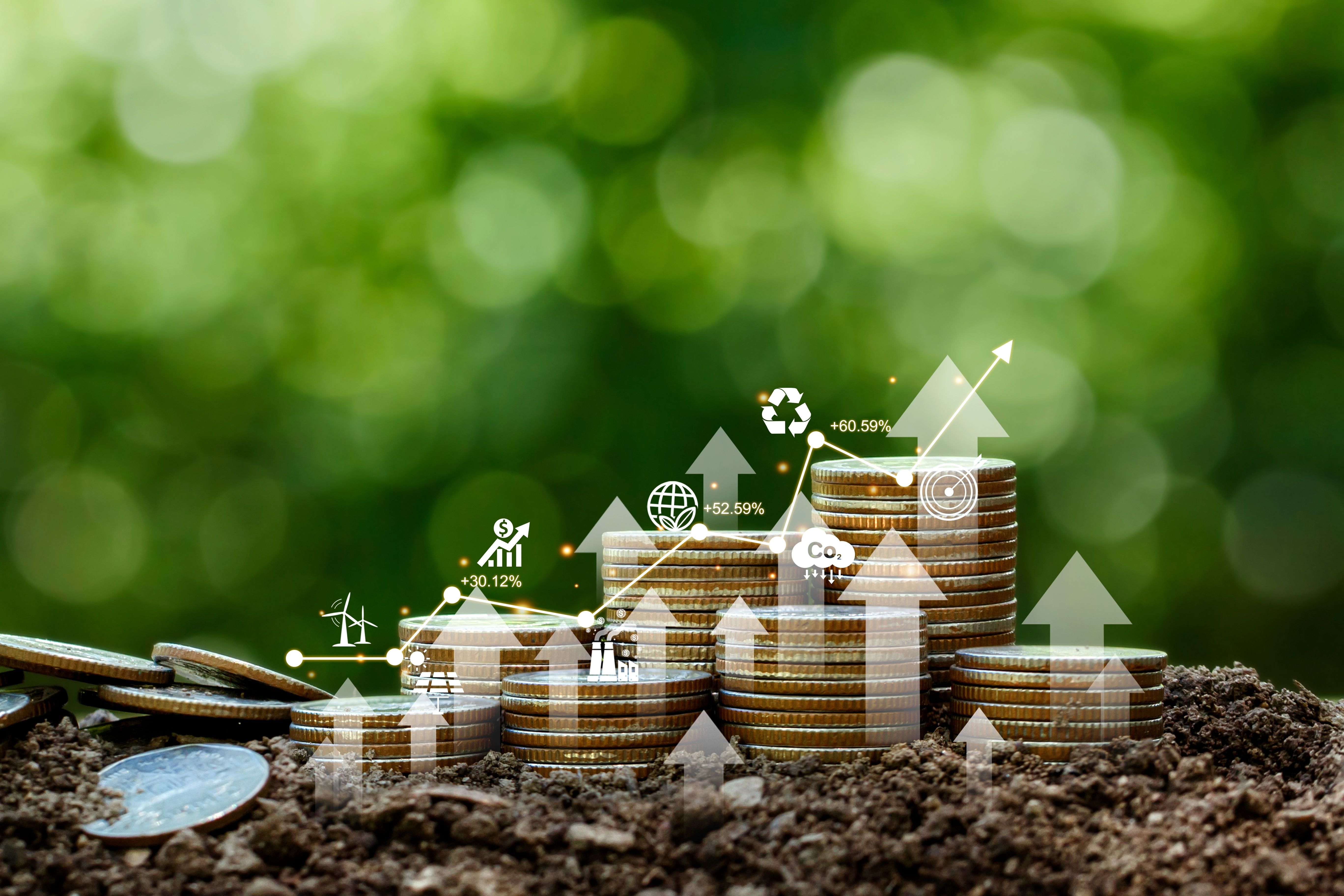With vast coastal areas suitable for offshore wind development, a strong national commitment to renewables, a population approaching 100 million, and substantial, ever-increasing energy needs, Vietnam is fertile ground for renewable energy development.
The Southeast Asian nation is seen as one of the world’s most energy-thirsty economies. According to the World Bank Group, Vietnam consumes more energy per unit of economic output than the Philippines, Malaysia, Indonesia and India.
A Fitch Ratings report in September 2020 predicts Vietnam’s electricity demand to increase at an average rate of up to 9% annually over the next decade.
The World Bank Group also estimates Vietnam’s offshore wind potential to be up to 500 gigawatts (GW) thanks to its more than 3,200 kilometres of coastline and high, consistent wind speeds, which provides it with some of the best conditions for developing offshore wind in Asia.
The Vietnamese government’s National Power Development Master Plan VIII for the 2021-2030 period, which includes a vision to 2045, confirms the nation is seeking to attract up to US$128 billion in energy investments, including US$32 billion in grid infrastructure, for this period.
The plan notes Vietnam’s commitment to wind energy and renewables more broadly. Because of the expected strong demand, it aims to generate wind energy of up to 12GW by 2025 and 19GW by 2030, much higher than those targets stated in the previous plan, which set wind capacity goals of 2GW by 2025 and 6GW by 2030.
Benefits, challenges
“Offshore wind could play a significant role in sustainably meeting Vietnam’s rapidly growing electricity demand and has the potential to supply 12% of Vietnam’s electricity by 2035,” states the World Bank’s Offshore Wind Roadmap for Vietnam June 2021 report. “By replacing coal-fired generation, this could help to avoid over 200 million metric tons of CO2 [carbon dioxide] emissions and add at least US$50 billion to Vietnam’s economy by stimulating the growth of a strong, local supply chain, creating thousands of skilled jobs, and exporting to other offshore wind markets globally.”
The World Bank report sees two possible growth scenarios for offshore wind – a low one supplying 5% of the country’s energy by 2035 and a high one supplying 12% by the same date – both requiring similar enabling actions and providing substantial benefits, with the high-growth option providing faster cost reductions (20% lower levelized costs of energy by 2035), four times more jobs and value add to the economy, and less than half the net energy costs to consumers.
A larger Vietnamese offshore wind market, under the high-growth scenario, according to the report, would enable more local supply chain investment and optimization, leading to exports to regional and global markets.
A larger, more capable, Vietnamese supply chain would increase the local content in projects, thereby reducing imports, boost economic development, and could increase competition and lower energy costs.
Under a high-growth scenario, offshore wind generation costs could reach parity with fossil fuel generation costs sooner, have a 60% lower cumulative net cost to consumers up to 2035, and provide a net benefit to consumers from 2036 – three years earlier than would be achieved under the low-growth scenario.
“Experience in developed offshore wind markets suggest that ambitious, long-term targets can serve as cornerstones for industry development,” the report points out. “The results of this roadmap suggest that a target of 10GW by 2030 and 25GW by 2035 would likely accomplish this objective.”
At the same time, a consequence of higher growth is a higher risk of adverse environmental and social impacts, which would place even greater importance on the need to develop a marine spatial plan and a framework for environmental legislation to be put in place before development leases are issued.
Existing regulations, legislation, processes and infrastructure, the report clarifies, need to be improved or developed to deliver the vision that is eventually set by the Vietnamese government.
Taking up the challenge
Two companies taking up the challenges to capitalize on the vibrant new industry in Vietnam are the Denmark-headquartered Ørsted, a global leader in offshore wind, and the Vietnamese, Hanoi-based cross-industry corporation T&T, which recently signed a memorandum of understanding to launch a wind energy partnership, with the collaboration investment periods planned for 20 years.
Ørsted has so far developed and constructed 27 offshore wind farms with a gross installed capacity of over 7.6GW and has a further 2.3GW currently under construction, the Danish developer says, adding its target by 2030 is 30GW of offshore wind.
Towards the target, the newly launched partnership expects to generate almost 10GW from their offshore wind projects located off the coasts of the central provinces of Binh Thuan and Ninh Thuan, Vietnam’s most suitable areas for offshore wind development. Investments of up to US$30 billion are estimated for the ambition.
“To support this ambitious build-out, we need to work closely with partners like T&T, which has an impressive track record of developing large energy projects in Vietnam and brings a deep understanding of the market,” says Martin Neubert, Ørsted’s chief commercial officer and deputy CEO.
As for renewable energy, T&T switched on four solar power plants with a combined installed capacity of 245 megawatts (MW) last year, and is on track to commission 530MW of onshore wind projects by the end of this year. For the next 10 years, it plans to develop energy projects across liquefied natural gas and renewables with an estimated total capacity of 10GW to 11GW.









